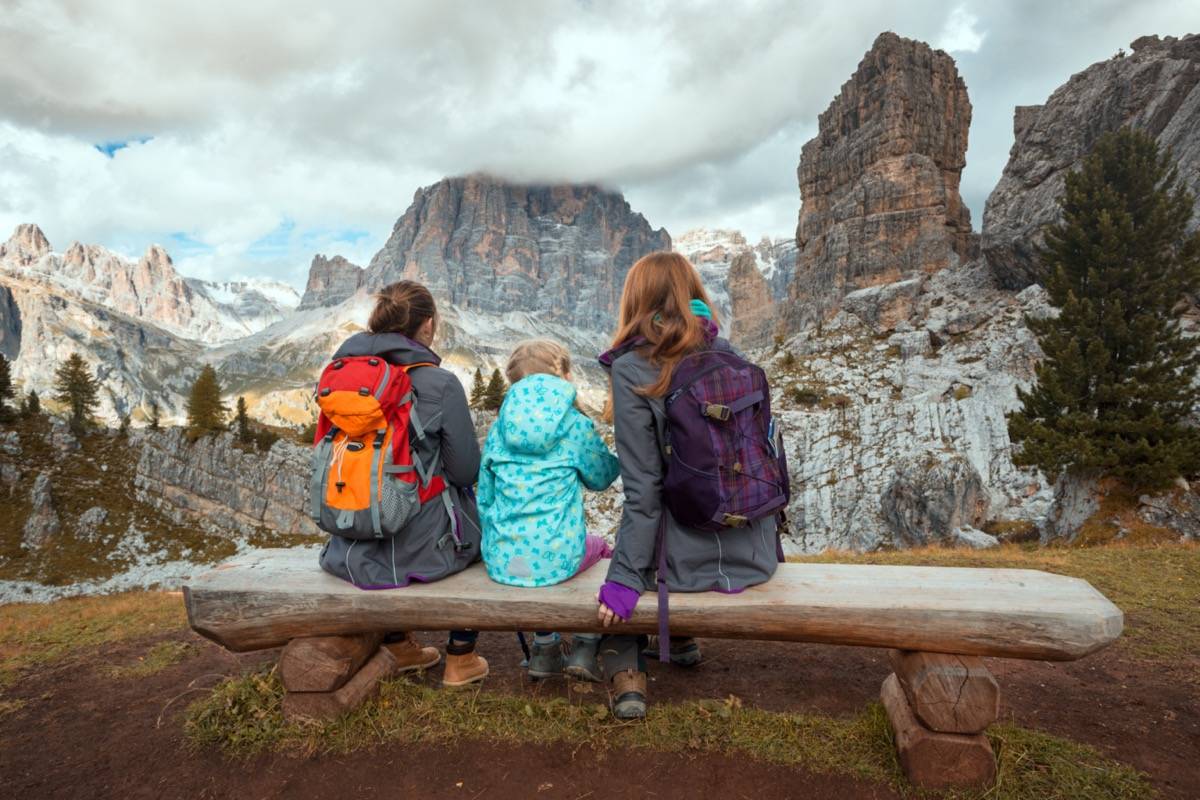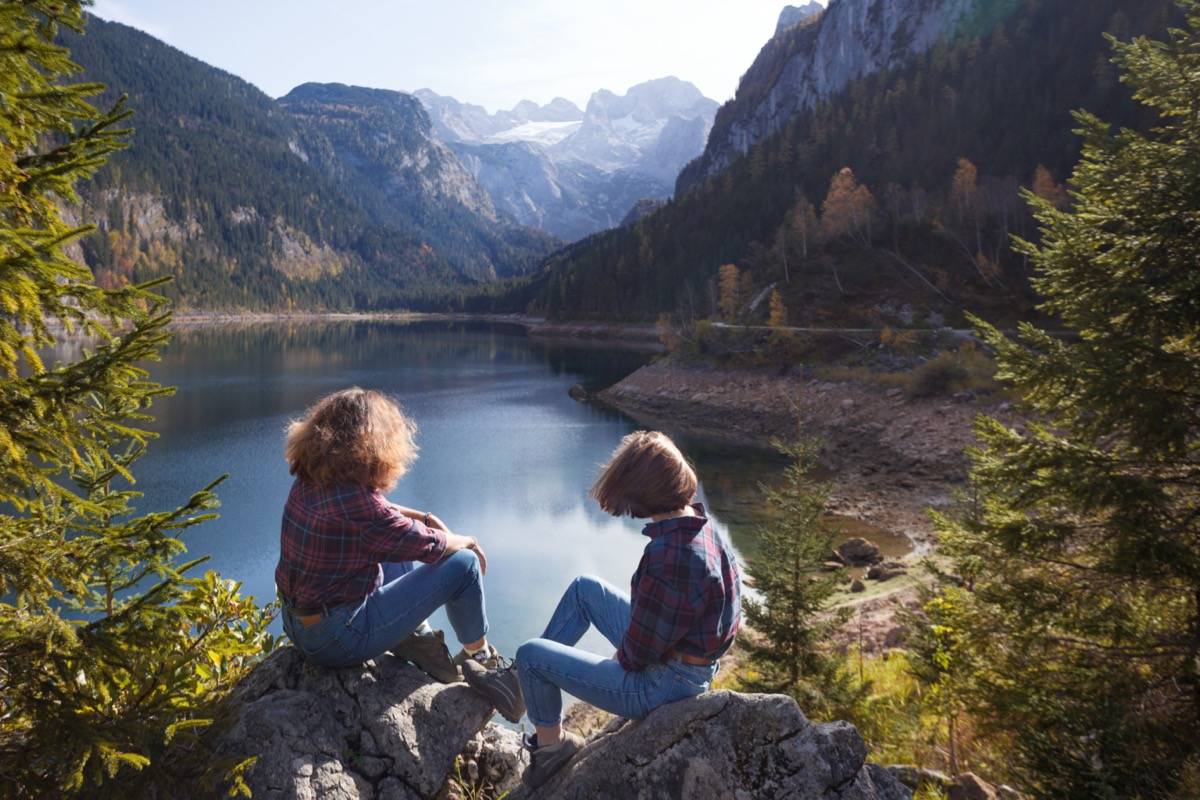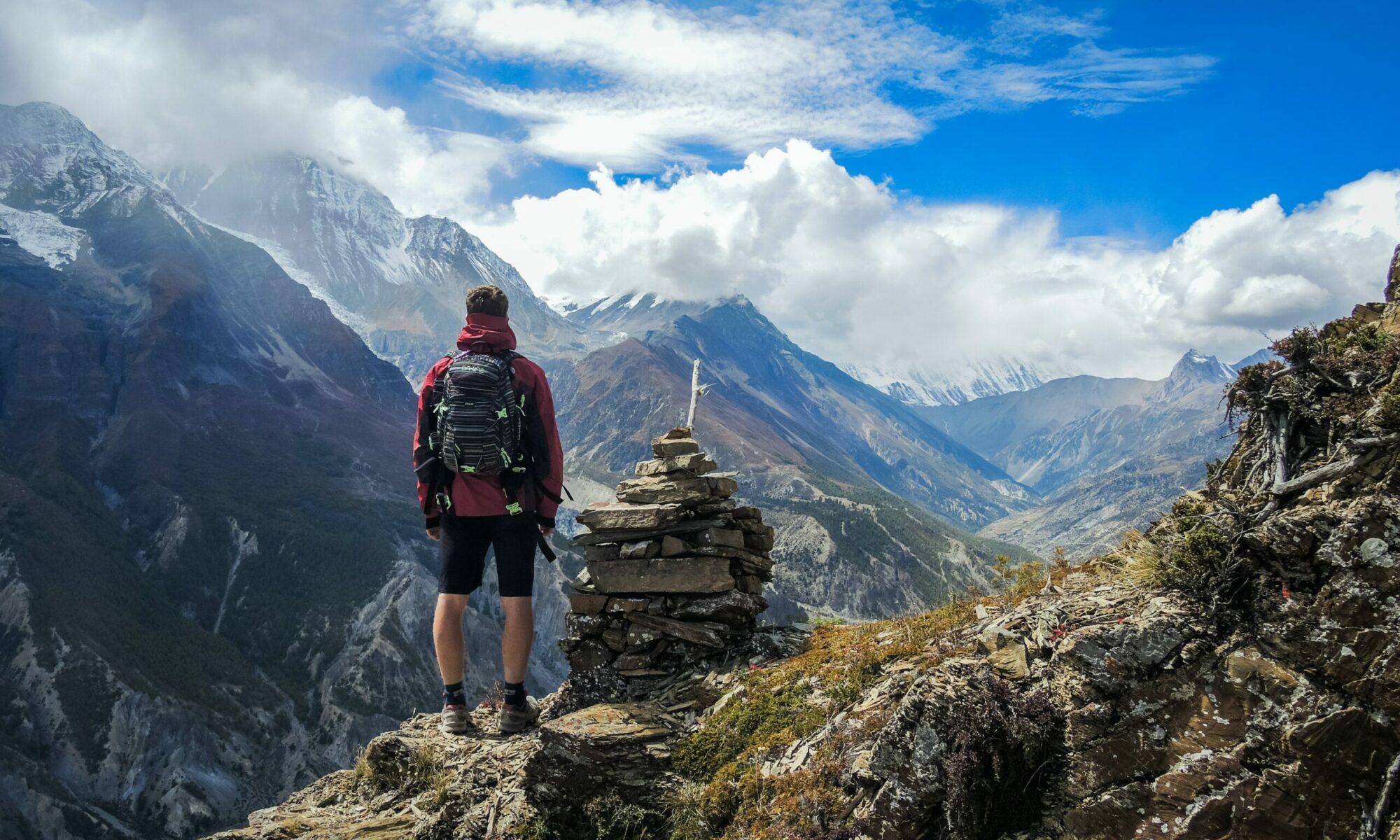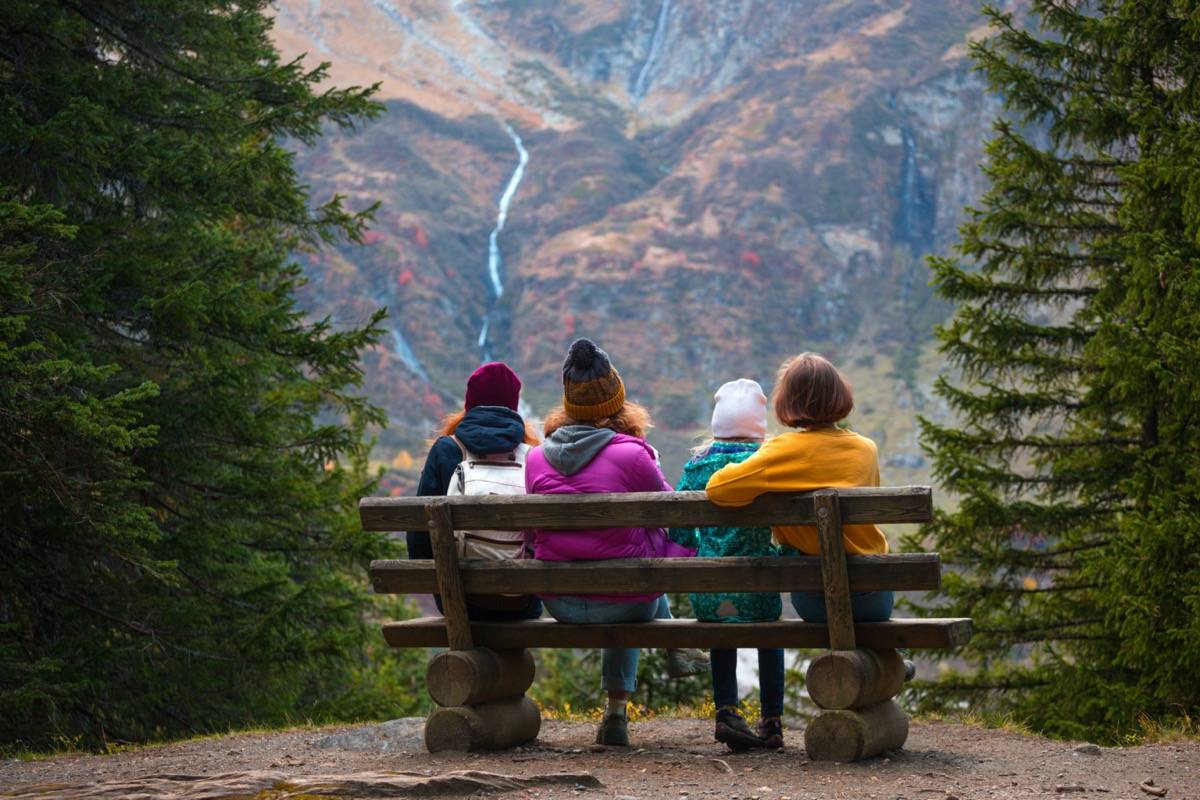Discover the majestic beauty of US national parks. Explore their unique landscapes, rich history, and engage in nature’s wonders—your adventure awaits!
What if you could escape your daily routine and immerse yourself in breathtaking landscapes, majestic wildlife, and tranquil wilderness? The United States is home to a treasure trove of national parks, each with its own unique charm and natural beauty. How could you possibly navigate this vast network of protected lands to find your next adventure? Let’s take a closer look at the map of US national parks and uncover the wonders waiting for you.

The Rich History of National Parks
The concept of national parks originated in the United States, with Yellowstone being the first national park established in 1872. This pivotal moment laid the groundwork for a movement dedicated to conserving the natural environment for future generations. By protecting these precious areas, the U.S. aims to preserve not just the landscape but also the diverse ecosystems that thrive within them.
The Purpose of National Parks
National parks serve multiple purposes. They provide not only recreational opportunities but also play a critical role in environmental conservation. By securing large tracts of land, you help protect habitats for countless species and safeguard natural resources. Moreover, national parks hold cultural and historical significance, featuring ancient sites, landmarks, and Indigenous histories that deserve recognition and preservation.
Navigating the National Parks Map
Taking a look at a map of US national parks, you’ll notice a concentration of parks throughout the country, each offering distinct landscapes and recreational activities. Understanding where they are located can help streamline your travel experience and enhance your adventures in nature.
Mapping the Parks: An Overview
The United States is home to 63 national parks, spread across various states. From the sun-drenched landscapes of the Southwest to the lush forests of the Northeast, there is a national park for every type of nature enthusiast.
Here’s a breakdown of some notable parks by region:
| Region | Notable National Parks |
|---|---|
| West | Yellowstone, Yosemite, Grand Canyon |
| Southeast | Great Smoky Mountains, Everglades |
| Northeast | Acadia, Shenandoah |
| Midwest | Badlands, Cuyahoga Valley |
| Southwest | Zion, Arches, Big Bend |
Getting Started: Planning Your Route
To maximize your exploration, planning your route is essential. Consider factors like the best time to visit each park, available activities, and accommodations. Look into seasonal events, National Park Service programs, and special permits for certain activities such as backcountry camping or photography workshops.
Discovering Iconic National Parks
Each national park has something unique to offer. Let’s take a journey through a few standout parks that exemplify the beauty of the U.S. wilderness.
Yellowstone National Park: The First of Its Kind
Yellowstone is not just famous for its geysers, including the iconic Old Faithful. It’s also a sanctuary for diverse wildlife such as bison, elk, and wolves. As you walk along the boardwalks of Yellowstone, you’re enveloped in the scents of sulfur and wildflowers. Keep your camera handy because you might spot a grizzly bear in the distance or a family of deer drinking from a stream. The park provides a raucous symphony of sights and sounds.
Yosemite National Park: A Sanctuary of Granite
Yosemite’s spectacular granite cliffs, waterfalls, and giant sequoias create a stunning backdrop that draws climbers, hikers, and photographers from all over the world. Your visit can include a leisurely hike to the top of Half Dome or an exploration of Yosemite Valley, where you might witness the beauty of El Capitan towering high above. Spend an evening gazing at the stars in this dark sky park, and you might rediscover your sense of wonder.

Grand Canyon National Park: Nature’s Masterpiece
The Grand Canyon showcases one of the most remarkable geological formations on the planet. Delve into the layers of red rock that tell millions of years of Earth’s history. Whether you’re hiking along the Rim Trail or taking a river rafting adventure through the Colorado River, the sheer vastness of the canyon is awe-inspiring. Be sure to catch the sunrise or sunset— the colors reflected in the canyon walls are a sight you won’t forget.
Great Smoky Mountains: A Tapestry of Nature
This park is renowned for its rich biodiversity and mist-covered peaks. With over 800 miles of trails, there’s no shortage of hiking opportunities. You can wander through ancient woodlands, marvel at cascading waterfalls, and possibly encounter black bears and elk in their natural habitat. The Great Smoky Mountains are also known for their vibrant summer wildflower displays, making this a year-round destination for nature lovers.
Acadia National Park: Coastal Beauty
Located along the rugged coast of Maine, Acadia National Park offers a unique combination of mountains and ocean. You can drive along the scenic Park Loop Road, hike to the summit of Cadillac Mountain for breathtaking views, or stroll along sandy beaches. Try your hand at tide pooling or catch a glimpse of seals sunbathing on the rocky shores. Acadia’s natural beauty changes with the seasons, inviting you back again and again.
Engaging Activities in the Parks
Your adventure doesn’t stop at simply visiting these parks. There are a myriad of activities to engage in that take full advantage of the natural surroundings.
Hiking Trails for Every Skill Level
With trail systems ranging from easy walks to strenuous hikes, there’s something for everyone. You can choose from short, scenic nature walks to extended backcountry hikes that require more preparation. Be mindful to check maps and trail conditions ahead of time.
Wildlife Watching
Many national parks are home to fascinating wildlife. Bring binoculars to observe animals in their habitats, whether it’s watching bald eagles soar overhead or bears foraging in the meadows. Just remember to keep a safe distance and enjoy from afar.
Camping Under the Stars
Spending a night under the stars can be a transformative experience. Many national parks offer campgrounds, ranging from basic sites to more developed areas with amenities. Camping not only connects you with nature but also allows you to truly unwind and disconnect from the daily grind.
Ranger-Led Programs
Take advantage of ranger-led programs that can deepen your understanding of the park’s ecology, geology, and history. These knowledgeable guides often lead walks, talks, and special events, providing invaluable insights and perspectives on the area’s natural and cultural resources.

Respecting and Preserving Nature
As you embark on your journey into nature’s wonders, it’s essential to respect and preserve the environments you visit. Each park has implemented guidelines and best practices to ensure the continued safety and well-being of wildlife and visitors alike.
Leave No Trace Principles
Embrace the Leave No Trace principles, which encourage you to minimize your impact on the environment while enjoying outdoor activities. This means packing out what you pack in, staying on designated trails, and respecting wildlife.
Support Conservation Efforts
Consider supporting conservation efforts in the parks you visit. Whether it’s volunteering for clean-up days, donating to park foundations, or simply spreading awareness about the importance of preserving these protected areas, every little bit helps.
The Future of National Parks
The future of our national parks hinges on our collective effort to care for these irreplaceable lands. As climate change and environmental challenges threaten ecosystems, you can play a role in ensuring the survival of these natural areas.
Engaging in Advocacy
Stay informed about issues impacting national parks, from funding challenges to conservation efforts. Engage with local and national advocacy groups dedicated to protecting these spaces. Your voice and efforts can influence policy decisions and raise awareness about the importance of preserving our natural heritage.
Embracing Sustainable Tourism
As you plan your trips to national parks, consider sustainable tourism practices that minimize your carbon footprint. Opt for local services, minimize energy use, and support eco-friendly businesses. Your travel choices can promote sustainability and preservation.

Conclusion: Your Next Adventure Awaits
Now that you have a clearer understanding of the incredible diversity of US national parks, mapping out your next adventure becomes an exciting challenge. It’s an opportunity to explore the great outdoors, immerse yourself in nature, and appreciate the wonders of our planet. From the towering peaks of Yosemite to the vast expanse of the Grand Canyon, remember that each park is a unique chapter in the story of our natural world.
So, how will you start your journey into the wonders of the national parks? With a little planning, respect for nature, and a spirit of adventure, you’re bound to create unforgettable memories that will last a lifetime. Happy exploring!


